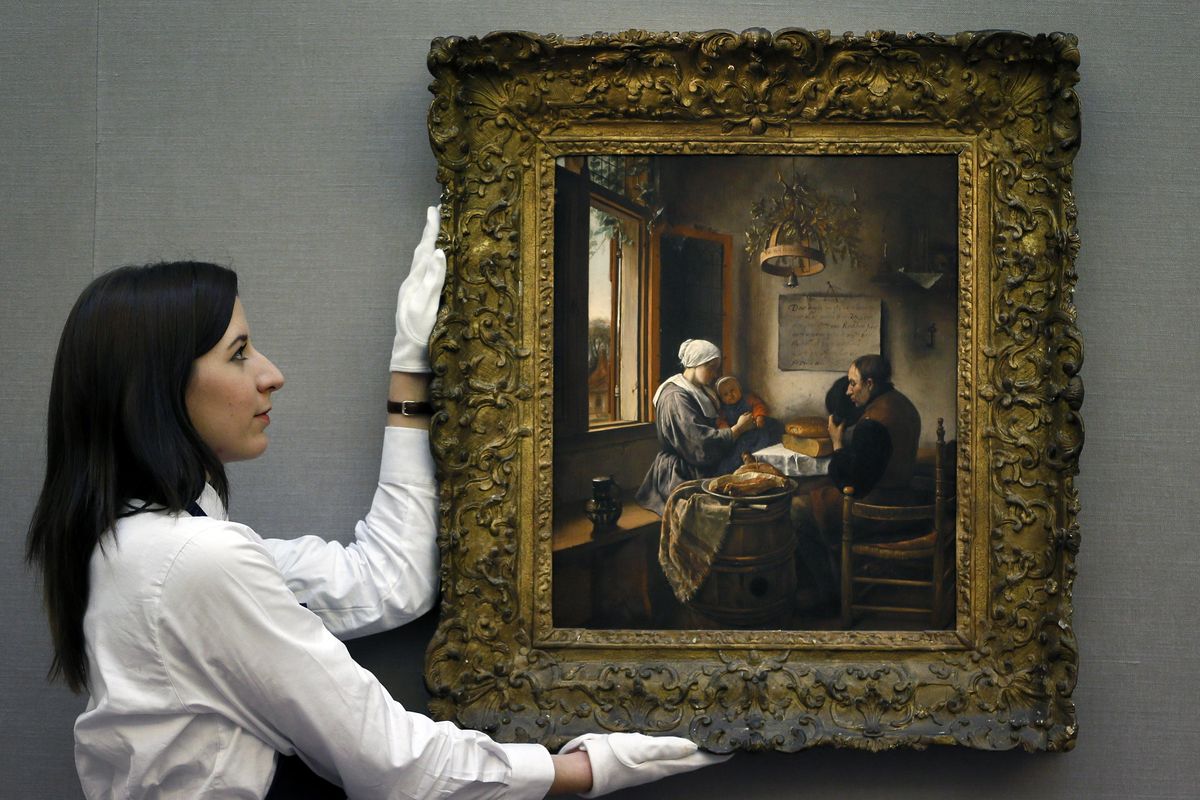How home life keeps changing (while ‘home’ ideal doesn’t)

Home sweet home. It seems so simple.
But while the idea of “home” remains constant – the epitome of the familiar and reliable – actual home life is messier and changes all the time. So says Judith Flanders, author of “The Making of Home: The 500-Year Story of How Our Houses Became Our Homes” (Thomas Dunne Books, September 2015), in which she traces the evolution of the home, and concepts of home, in northern Europe and America from the 16th century to the early 20th century.
She looks at changes in technology, such as plumbing and toilets, tableware and furniture, windows and window dressings, light bulbs and kitchen gadgets, as well as changes in culture, such as marriage patterns, hopes and customs.
“There’s a huge disconnect between the mental construct of home and the reality, and it turns out that that’s been the case for centuries,” says Flanders, reached by phone recently in her London home.
For instance, while some might think that families and marriages used to be more stable, “broken homes were the absolute norm in most of history,” she says. “A home can’t be any more broken than if one parent is dead.”
As for appearance, “the paintings of the Dutch golden age did not depict what Dutch households of the time actually looked like,” Flanders says. While the paintings are heavy with symbolism and appear sparse and sparkling, actual homes were crowded with furniture.
She likens the disconnect to the images featured in today’s interior-design magazines, which are generally devoid of toothbrushes, electrical outlets, hampers, dish racks and other basic amenities, as well as the tchotchkes that clutter many real homes.
“It really proves that our desire to believe in this ideal of home overrides everything. We don’t like to be told or reminded that it’s not true,” she says.
Something as basic today as the fork, she says, did not appear as a standard eating implement in most places until well into the 18th century. “You had a cutting and a piercing instrument in your knife. You had a scooping implement in your spoon. You were set,” Flanders says.
But then pasta came along as a standard starch in Italy, and the earthenware plate replaced wooden trenchers. Tableware needs rapidly changed.
“Suddenly a twiddling instrument becomes more frequently seen on tables. Except for the British Navy, which remarkably held out on adopting the fork until 1897,” Flanders says.
Similarly, she traces the impact on home life of glass windows, electric lighting and indoor plumbing.
“The only real stability we have in the home, if one looks at the centuries of history, is the belief that home is a stable thing. Everything changes all the time,” she says.
The shift to computers and then to individual handheld devices is similarly changing social norms at home, she notes; it’s much more rare now to see everyone sitting together around a radio or TV.
“The reason the idea of ‘home’ survives is because it’s so fluid that it can encompass rapidly changing social customs,” says Flanders. “It’s a nice warm quilt to wrap ourselves in to keep out the cold that’s outside.”